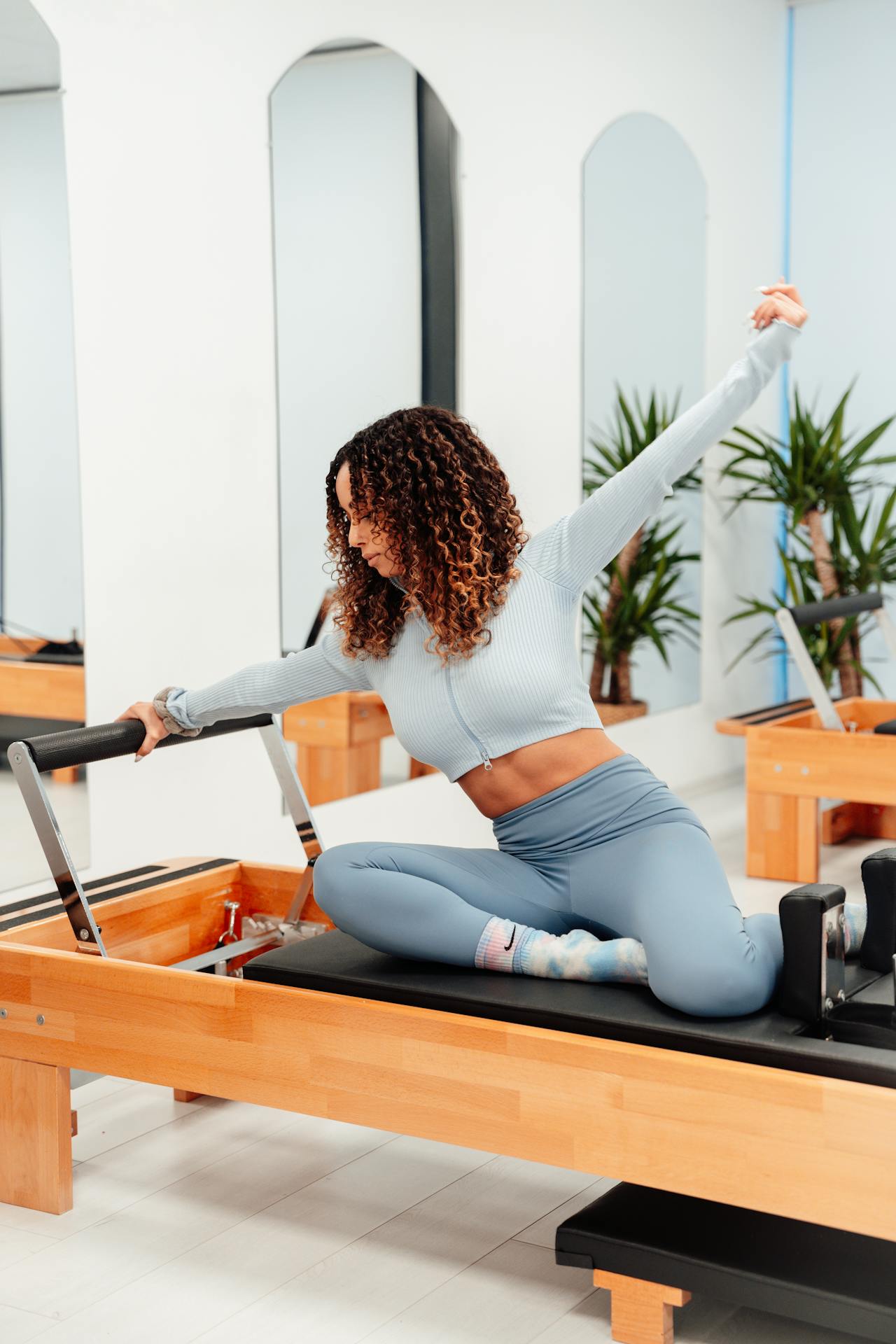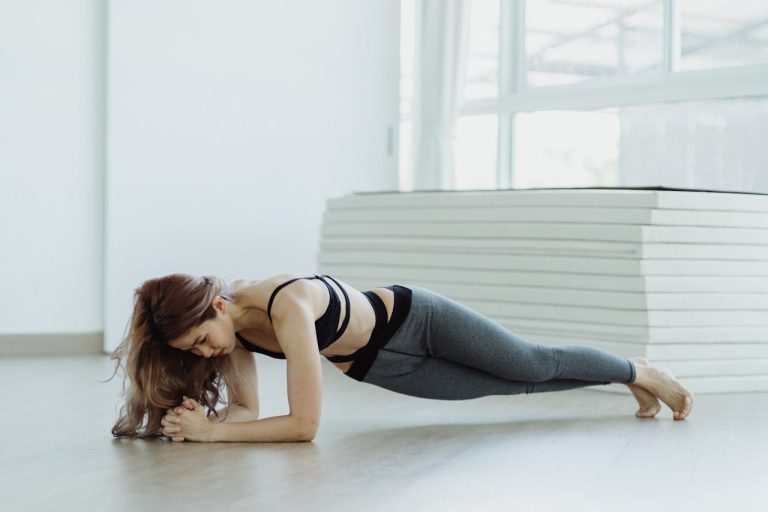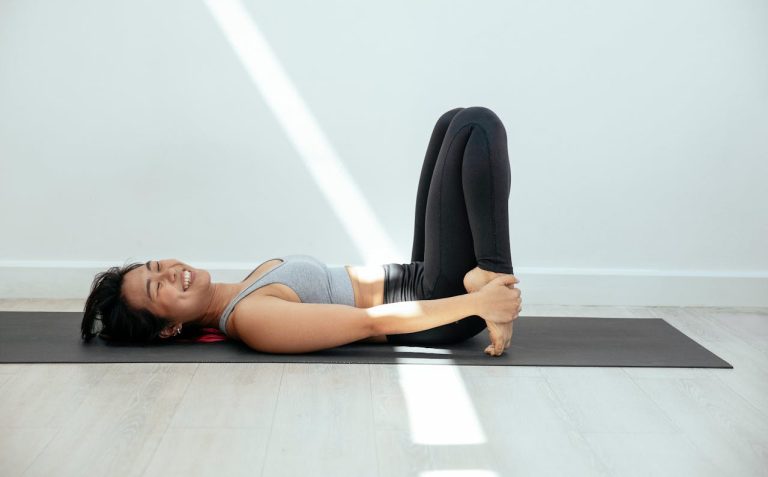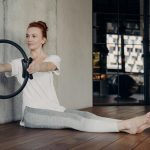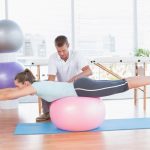One of the most common questions people ask before starting Pilates is: “How long is a typical Pilates session?” It’s a reasonable concern, especially for those balancing work, family, and personal goals. When every minute counts, knowing how much time to dedicate can help you build Pilates into your routine with ease.
The short answer? It depends. The good news is that Pilates is highly adaptable. Whether you have 20 minutes or an hour, a well-designed session can offer incredible benefits in a relatively short timeframe.
In this article, we’ll break down:
- Average Pilates session durations
- What each part of the session includes
- Short vs. long sessions: which is right for you?
- How to choose the ideal session length based on your goals
Let’s explore what the clock really looks like inside a Pilates workout.
How Long Is a Typical Pilates Session?
Most Pilates sessions fall into three common time categories:
| Session Type | Average Duration | Best For |
|---|---|---|
| Home/Express Workout | 15–30 minutes | Quick toning, busy lifestyles |
| Studio Mat Class | 45–60 minutes | Group settings, full-body conditioning |
| Private Reformer Class | 60–75 minutes | Deep muscle work, rehab, precision |
The most popular format is a 50–60 minute class. It allows for a comprehensive warm-up, targeted core work, mobility training, and a cool down. This timing strikes a balance between effectiveness and efficiency.
What Happens During a Full-Length Pilates Class?
Pilates classes, whether on the mat or using a reformer, generally follow a similar structure. Here’s a breakdown of how a 60-minute class is typically organized:
1. Warm-Up (5–10 minutes)
The session usually begins with mindful breathing and gentle movements to prepare the body. You might perform pelvic tilts, spinal articulation, or shoulder rolls to ease into the workout.
Purpose: Activates deep abdominal muscles, promotes body awareness, and primes the joints for safe movement.
2. Core and Control Work (15–25 minutes)
This is the core of the session—literally. Expect focused exercises such as hundreds, roll-ups, planks, and bridges. Small props like resistance bands or light hand weights may be used.
Purpose: Builds strength, improves balance, enhances core stability, and supports better posture.
3. Flexibility and Mobility (10–15 minutes)
This section transitions into movements that lengthen the muscles and improve joint mobility. Exercises may include hamstring stretches, hip openers, and spinal twists.
Purpose: Prevents stiffness, enhances range of motion, and complements the strength work from earlier in the class.
4. Cool Down (5–10 minutes)
The session ends with gentle, grounding movements. You may lie on your back for breathing exercises or gentle stretches to calm the nervous system.
Purpose: Promotes recovery, lowers stress, and leaves you feeling relaxed and centered.
Can Short Pilates Sessions Be Effective?
Yes, absolutely. Shorter sessions—especially those lasting 15 to 30 minutes—can be incredibly effective when done consistently and with proper form.
They are ideal for:
- People with limited time
- Quick morning or evening routines
- Targeted workouts (such as abs, posture, or flexibility)
- Beginners who are easing into a regular routine
For example, a 20-minute Pilates session focused purely on core strength, repeated three times a week, can deliver noticeable results within weeks.
Quality and focus matter more than duration in Pilates. A short, controlled session done correctly is more beneficial than a longer one performed with poor form or low focus.
Is Reformer Pilates Longer Than Mat Pilates?
Often, yes. Reformer Pilates sessions tend to last a bit longer than mat-based ones, especially in private or therapeutic settings.
Here’s why:
- Reformer classes involve equipment adjustments (springs, straps, footbars)
- Exercises are more layered and involve resistance
- Sessions often include personalized guidance and slower pacing
Typical reformer sessions range from 45 to 75 minutes, though many studios now offer express formats that are 30 or 45 minutes long for convenience.
That said, both styles—mat and reformer—can be adapted to fit your available time.
How Long Should Beginners Start With?
If you’re new to Pilates, you don’t need to commit to an hour right away. In fact, starting with 20 to 30 minutes, two to three times per week, is more than enough to begin seeing progress.
This gives your body time to adjust to new movements, breathing patterns, and muscular demands.
As your confidence and strength grow, you can increase session lengths to 45 or 60 minutes. You’ll naturally want more time as you develop a deeper connection with the practice.
Read Also: The Best Pilates Clothing Brands
Mat Pilates vs. Reformer Pilates: Timing Comparison
| Feature | Mat Pilates | Reformer Pilates |
|---|---|---|
| Duration | 30–60 minutes | 45–75 minutes |
| Equipment Needed | Mat only | Reformer machine |
| Best For | Beginners, home use | Deep strength, rehab |
| Class Format | Group or solo | Group or private |
Both forms offer benefits in different ways. Mat classes are usually shorter and more accessible, while reformer classes offer a broader movement range and deeper muscular activation.
How Often Should You Do Pilates?
Most instructors recommend practicing Pilates two to three times per week for optimal results. This frequency helps reinforce technique, improve posture, and build long-term strength.
Here’s a general guide:
- 1 session/week: Maintenance and light movement
- 2–3 sessions/week: Improved strength, flexibility, and posture
- Daily 15–20 min routines: Ideal for consistency and progress, especially if you alternate focus areas
The key is consistency. Pilates is low-impact and gentle enough to be practiced daily, as long as you listen to your body and vary intensity.
Best Time of Day to Do Pilates
The ideal time to do Pilates often depends on your lifestyle and energy patterns.
- Morning sessions can awaken your body and align your posture for the day ahead.
- Afternoon sessions may help release tension from sitting or work stress.
- Evening sessions are excellent for winding down and preparing the body for restful sleep.
Choose a time when you’re most likely to be focused and consistent. That alone makes the session more effective, regardless of the hour.
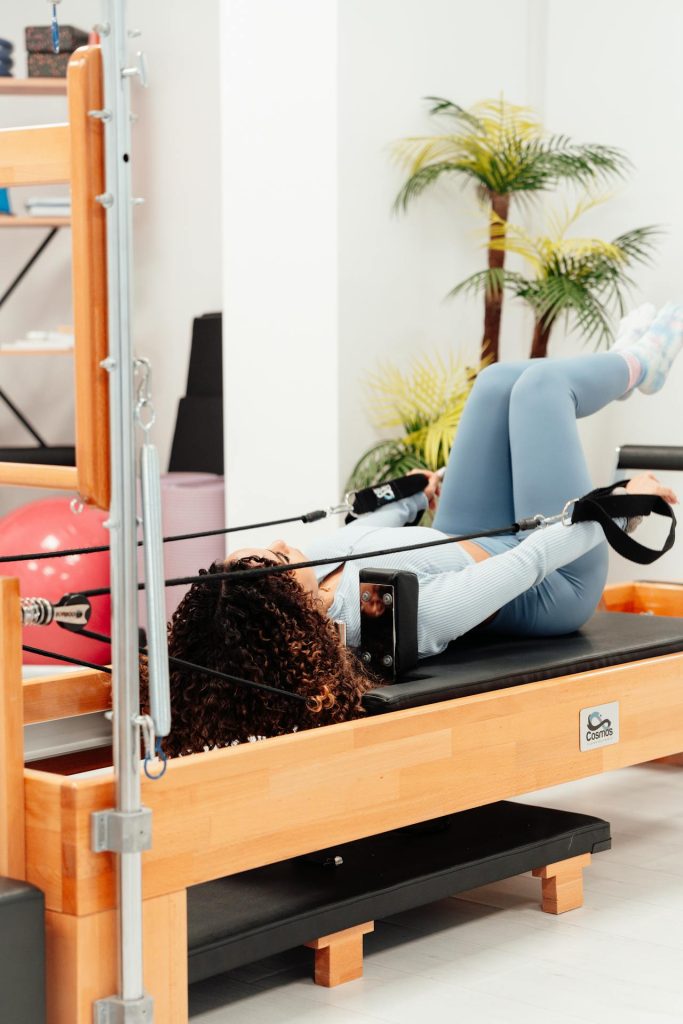
When Will You See Results from Pilates?
Joseph Pilates famously said:
“In 10 sessions you’ll feel the difference, in 20 you’ll see the difference, and in 30 you’ll have a whole new body.”
While results vary based on frequency, effort, and other lifestyle factors, here’s a general timeline:
- Weeks 1–2: Improved awareness, reduced stiffness, better breathing
- Weeks 3–6: Noticeable gains in core strength, flexibility, and control
- Weeks 6–10: Physical changes in posture, muscle tone, and energy levels
If you practice consistently, you’ll begin to notice that Pilates doesn’t just change your body—it changes how you move through your daily life.
Read Also: How Long Does It Take to See Results When Working Out?
Conclusion: Use the Time You Have
The ideal Pilates session length isn’t about meeting some arbitrary number. It’s about making the most of the time you have—whether that’s 20 minutes before work or a full hour on a Sunday morning.
Pilates is scalable. It can be short, efficient, long, immersive, mat-based, reformer-driven, intense, or gentle. What matters most is consistency and attention to form.
You don’t need a lot of time. You just need to use the time you have intentionally. That’s the Pilates way.

